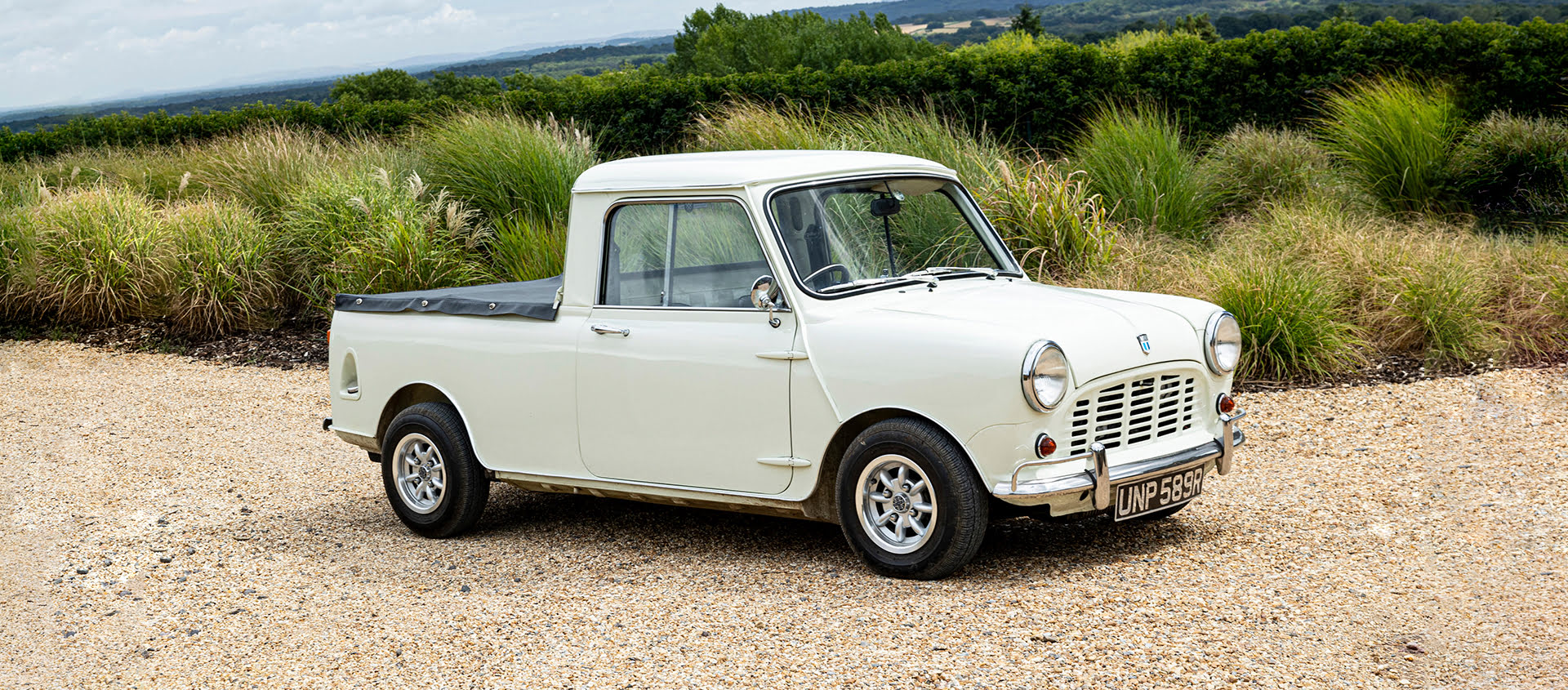Bonhams in Beaulieu, what a pity we weren’t there!
22 September 2022 4 min read 9 images

Beaulieu is the best-known car museum in the United Kingdom. Opened by Lord Montagu in 1952, it’s also home to the Beaulieu International Autojumble, the oldest car market in the United Kingdom. It’s very similar to a classic “flea market” where old restorers in retirement sell their equipment, widows try to sell the cars of her late husbands and where all marketing is done with a permanent marker pen and a piece of cardboard.
Register to unlock this article
Signing up is free and gives you access to hundreds of articles and additional benefits. See what’s included in your free membership. See what's included in your free membership.
Already have an account? Log In